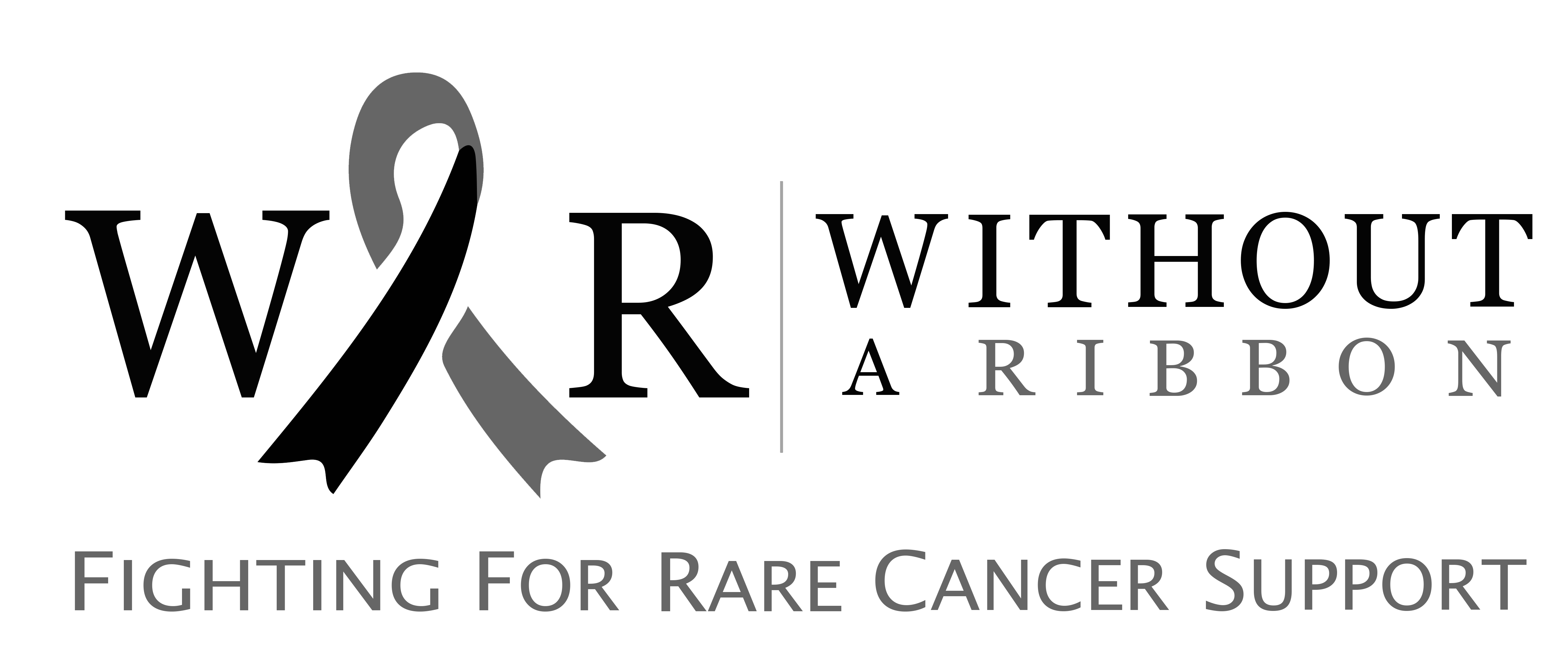What is a Carotid Body Tumour?
A Carotid Body Tumour is a rare type of growth that develops in the carotid body, a small cluster of cells located on each side of the neck where the carotid artery divides into two branches. The carotid body normally helps the body regulate breathing by sensing oxygen levels in the blood.
When a tumour forms in this area, it is usually benign but can sometimes behave aggressively and press on nearby nerves and blood vessels. In some cases, it may even become cancerous, although this is uncommon. Carotid body tumours belong to a group of tumours known as paragangliomas.
Causes and Risk Factors
The exact cause of carotid body tumours is not fully understood. However, research shows that chronic low oxygen levels in the blood may play a role, which explains why these tumours are more common in people living at high altitudes.
Genetic factors are also important; mutations in certain genes such as SDH (succinate dehydrogenase) have been linked to hereditary forms of the disease. A family history of paragangliomas or related conditions can increase the risk.
Symptoms
In the early stages, a carotid body tumour may not produce any symptoms and may only be discovered by chance. As it grows, the most common sign is a painless lump in the side of the neck that slowly increases in size.
Some patients may experience difficulty swallowing, hoarseness of voice, dizziness, or pain in the neck and face due to pressure on surrounding nerves. In rare cases, if the tumour produces hormones, symptoms such as high blood pressure, palpitations, or sweating may appear.
Diagnosis
Diagnosis begins with a physical examination, where the doctor may feel a firm, movable lump in the neck. Imaging tests such as ultrasound, CT scan, or MRI are used to define the size and location of the tumour. A specialised imaging test called angiography can also be performed to study the blood supply of the tumour, which is important for planning treatment. Genetic testing may be advised for patients with a family history of paragangliomas.
Treatment
The main treatment for carotid body tumour is surgical removal. Because the tumour is located near important blood vessels and nerves, surgery requires great care and expertise. In some cases, radiation therapy is used, especially if the tumour cannot be safely removed or if it recurs. For small, slow-growing tumours without symptoms, doctors may recommend regular monitoring instead of immediate treatment.
Prognosis
Most carotid body tumours are benign and do not spread to other parts of the body. With successful surgery or radiation therapy, the outlook is generally very good. However, if the tumour is malignant, which happens rarely, the prognosis becomes more serious. Early diagnosis and proper treatment help reduce complications and improve long-term outcomes.
You can help us with your donation:
Without a Ribbon is a charity that works hard to aid those who suffer from rare cancers. You can help our cause in a variety of ways:

